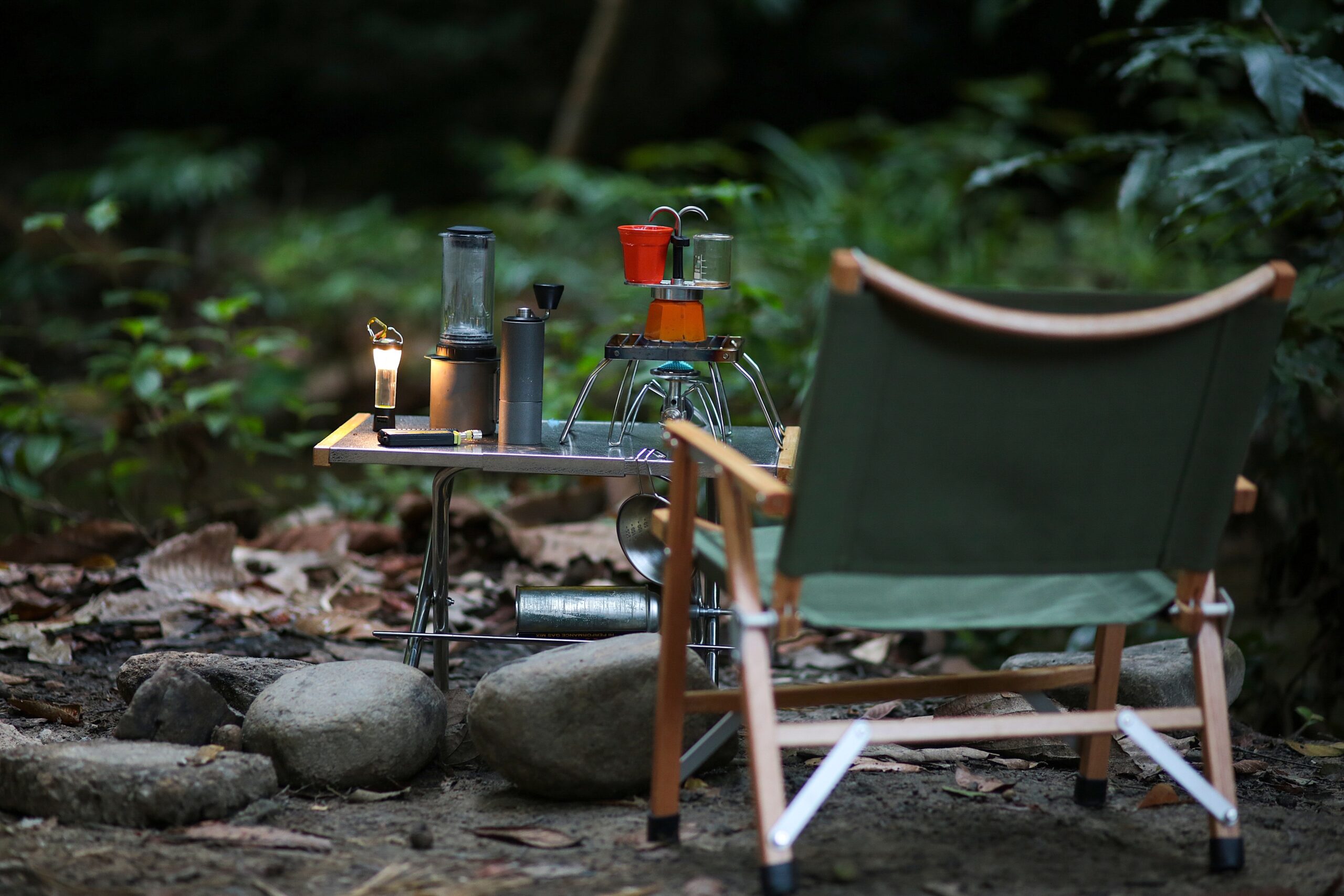Understanding Modular Homes for Seniors
Modular homes are gaining popularity among seniors for their efficiency, affordability, and customization options. Unlike traditional homes, modular homes are built in sections in a factory setting, ensuring precision and quality control. These sections are then transported to the site and assembled, offering a quicker and often more affordable alternative to conventional construction methods.
For seniors, modular homes present a unique opportunity to design a living space that caters specifically to their needs. As people age, their living requirements change, and modular homes can be adapted to include features such as wider doorways, lower countertops, and non-slip flooring. This adaptability ensures that seniors can enjoy their independence longer, in a home that evolves with them.
Moreover, the construction process of modular homes is environmentally friendly, using less waste and energy. This aspect not only benefits the planet but also reduces utility costs for homeowners. With the growing need for sustainable living solutions, modular homes offer a viable option for eco-conscious seniors.
Exploring Affordable Senior Housing Solutions
Finding affordable housing is a significant concern for many seniors. Modular homes offer a solution by reducing construction costs and time. Since these homes are built in a controlled environment, there are fewer delays due to weather or labor shortages, which often escalate costs in traditional home-building scenarios.
Additionally, modular homes can be designed to fit various budgets without compromising on quality. Seniors can choose from a range of standard designs or opt for customizations that suit their financial situation. This flexibility allows for a tailored approach to housing that meets both financial and personal needs.
Financial assistance programs are also available to help seniors afford modular homes. Many states offer incentives for energy-efficient housing, which modular homes often qualify for. By taking advantage of these programs, seniors can reduce the financial burden of moving into a new home.
Customizable Floor Plans for Elderly Comfort
The ability to customize floor plans is one of the standout benefits of modular homes for seniors. As individuals age, accessibility becomes a priority. Modular homes can be tailored to include features like single-level living, which eliminates the need for stairs and reduces the risk of falls.
Customizable options also extend to the layout of living spaces. Seniors can choose open-plan designs that facilitate easy movement and social interaction, or more compartmentalized spaces for privacy. The inclusion of features such as walk-in showers, grab bars, and adjustable lighting can further enhance safety and comfort.
With the help of design professionals, seniors can create a home environment that not only meets their current needs but can also be adapted for future changes in mobility or health. This foresight ensures that their home remains a sanctuary, regardless of life’s changes.
Comparing Modular Homes to Traditional Housing
When comparing modular homes to traditional housing, several factors come into play, including cost, construction time, and customization. Modular homes generally offer a faster construction timeline because they are built indoors, away from weather-related delays. This speed can be crucial for seniors who need to relocate quickly.
Cost is another critical factor. Modular homes can be more cost-effective due to the streamlined building process and reduced labor costs. Additionally, the energy-efficient designs typical of modular homes can lead to lower utility bills, providing long-term savings.
In terms of customization, modular homes offer a level of flexibility that is often unmatched by traditional homes. Seniors can work with builders to incorporate specific design elements that cater to their personal preferences and physical needs, ensuring a living space that is both comfortable and practical.
Conclusion: Embracing Modular Living for a Comfortable Future
As the senior population grows, the demand for adaptable, efficient, and affordable housing solutions becomes increasingly important. Modular homes offer a promising alternative to traditional housing, providing seniors with the ability to customize their living spaces to suit their unique needs.
These homes not only support independence and comfort but also align with sustainable living practices, making them a wise choice for environmentally conscious individuals. By embracing modular living, seniors can enjoy a future where their home serves as a supportive and welcoming environment, tailored to their lifestyle and preferences.
Ultimately, modular homes represent a forward-thinking approach to senior housing, combining the benefits of modern construction techniques with the personalized touch that older adults deserve.





